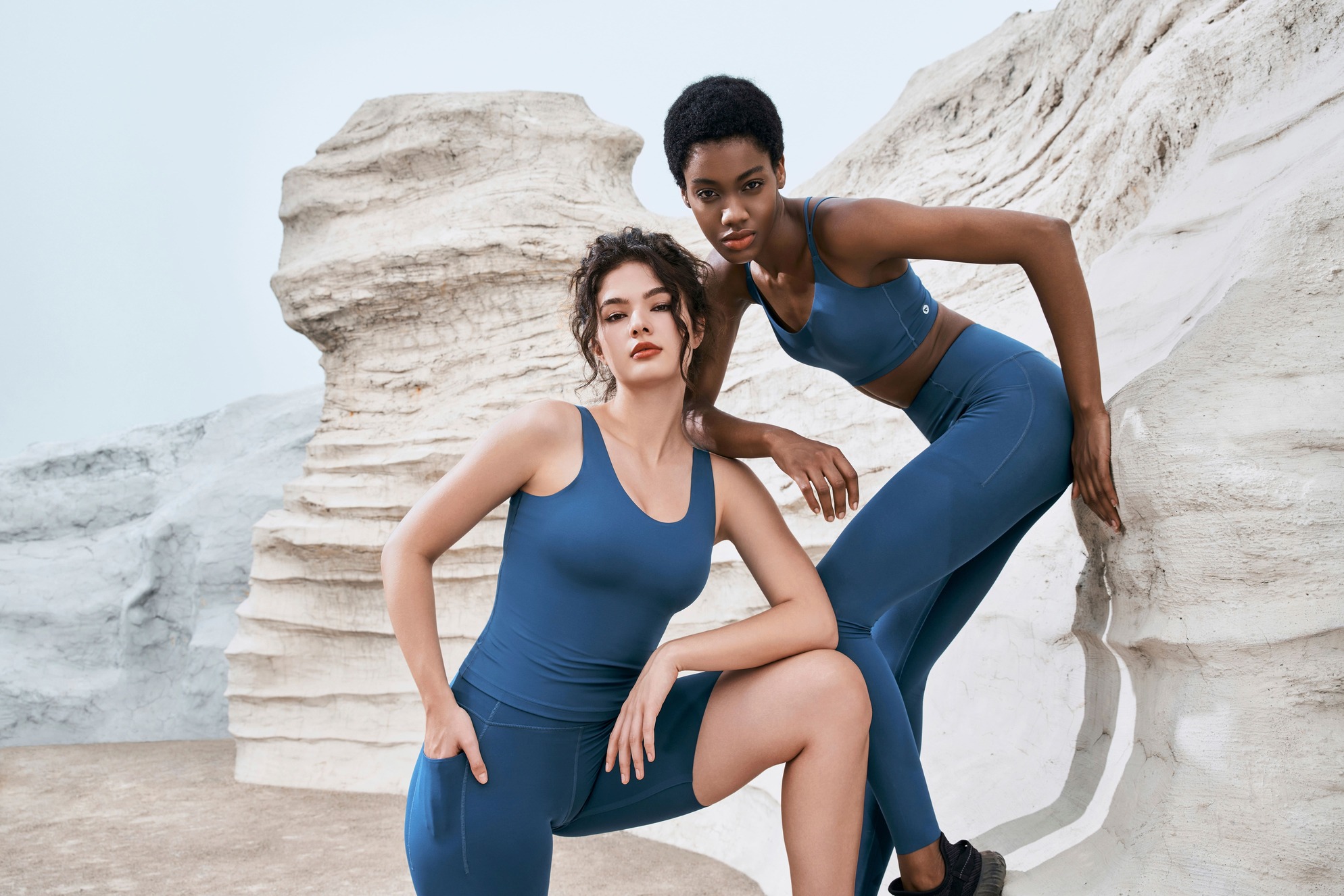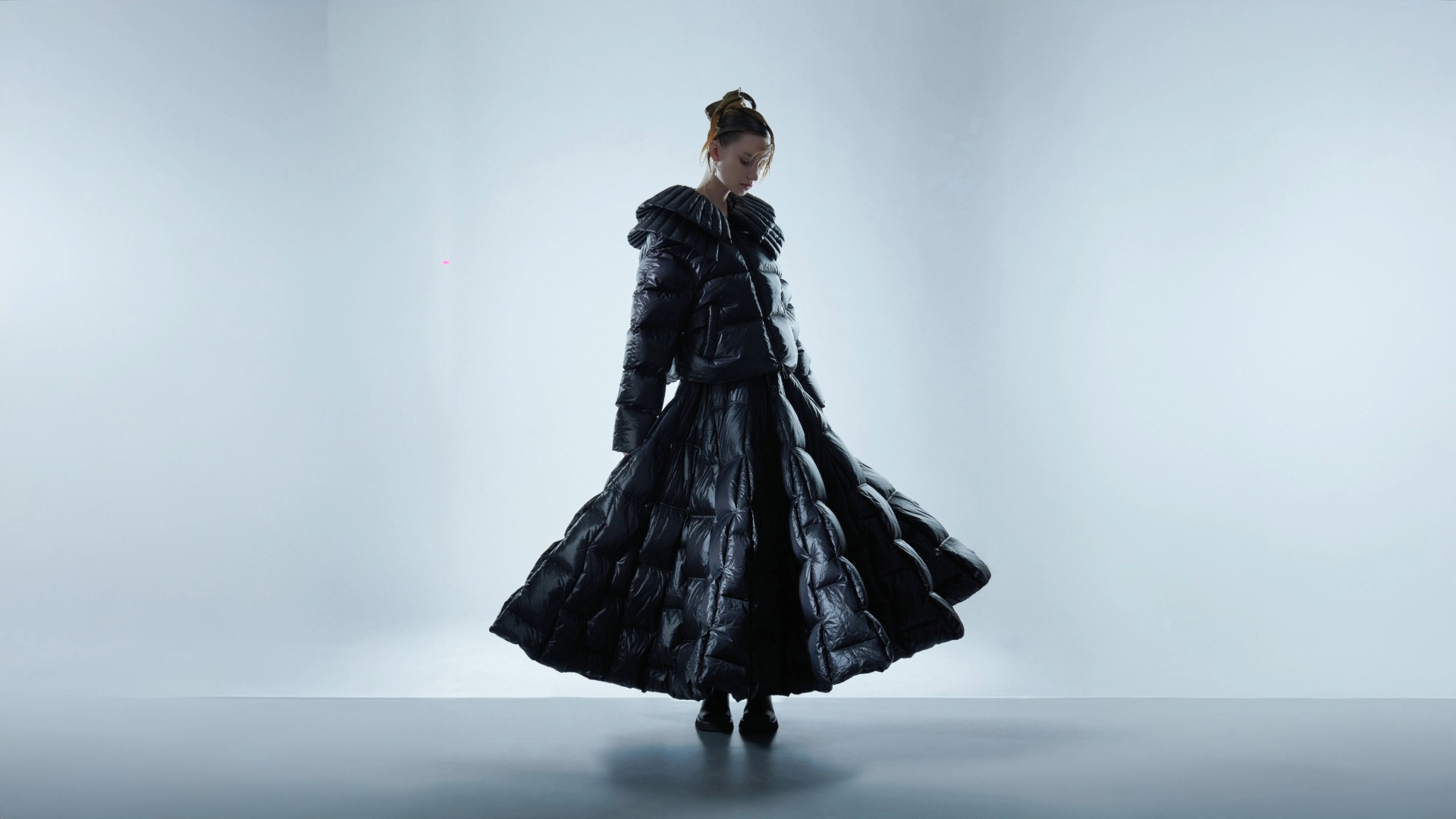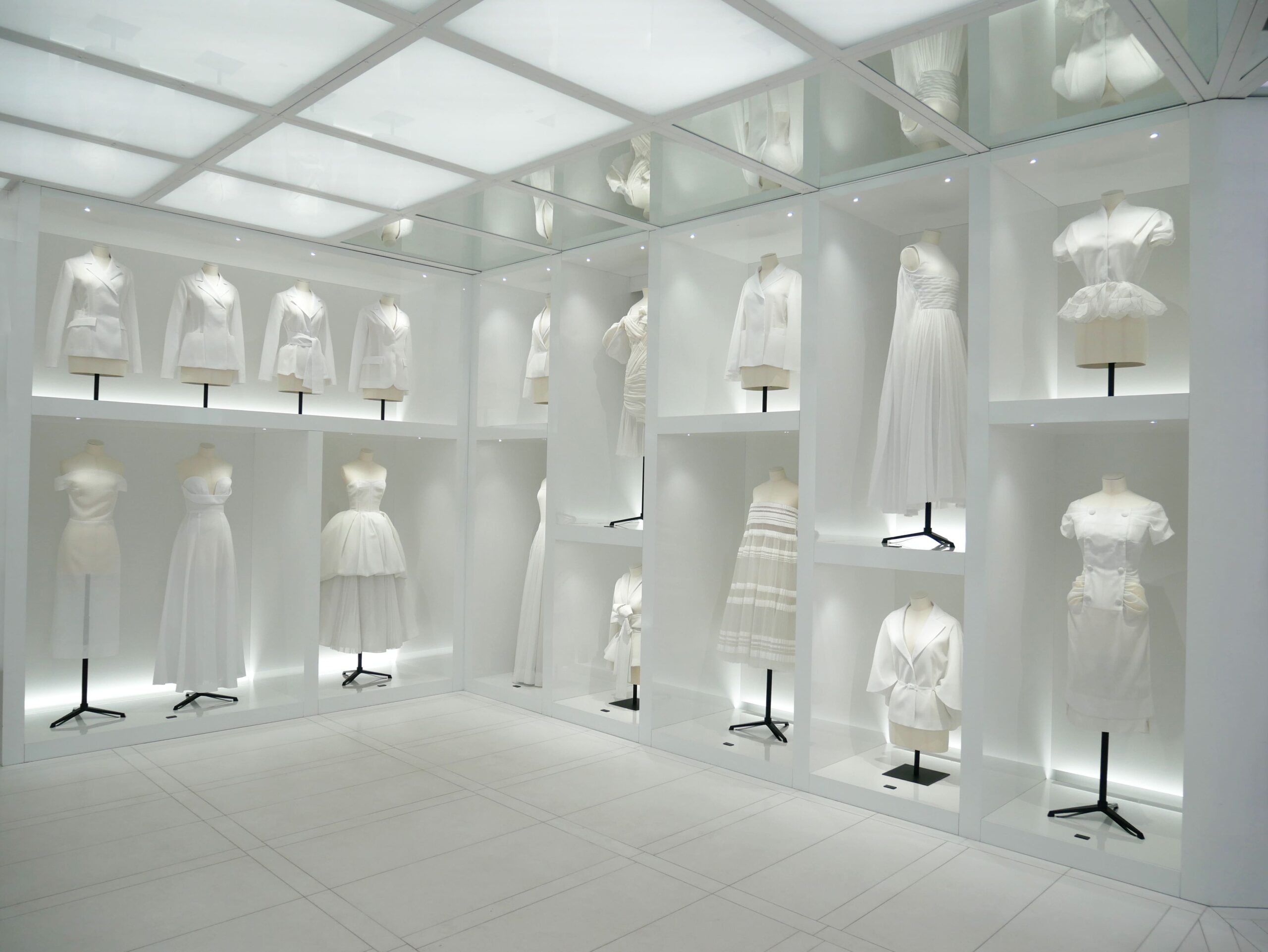October 2025
What Is a Fit Finder? The Evolution of Size Recommendation Tools in Fashion E-commerce
Ester Bazzanella

You probably already do everything in your power to replicate the in-store experience in your e-commerce store.
Replicating that experience is easily the biggest challenge of selling clothing online. Because while the convenience of shopping online is unmatched, it also comes with the major drawback of shoppers not being able to physically touch and try on products.
There are many tools available to help overcome those drawbacks. High-quality product photos help shoppers get the most accurate idea of what garments look like. Detailed product descriptions help them understand how garments feel and fit. Meanwhile, size charts and fit finders help shoppers pick out the right size when a fitting room isn’t an option.
In this article, we’re breaking down what fit finders are, how they work, the different types of fit finders available to online retailers, and why they’re so essential.
What is a fit finder?
Also known as size recommendation tools or virtual fitting rooms, fit finder is a generic name for digital tools that recommend sizes to online shoppers. For shoppers, they’re the digital equivalent of being able to take a garment to the fitting room to try it on.
Different fit finders work in different ways, but they all use some form of shopper information, like height and weight, together with brand-specific data, like size charts and past purchases, to predict the best possible fit and make recommendations.
It’s basically like having a personal stylist who knows every brand’s unique sizing available for shoppers to consult on your product page.
Fit finders can take many forms: some use short questionnaires, others analyze previous orders, and more advanced systems apply AI and machine learning to personalize recommendations at scale. Regardless of how they work, the goal is always to help shoppers choose confidently and reduce costly size-related returns.
How do fit finders work?
Different fit finders work in different ways, but they typically all use a combination of shopper inputs and product data to deliver a personalized size recommendation. The process usually looks like this:
1. Input Collection: Shoppers input some quick information, like their height, weight, age, body shape, or how certain brands usually fit them.
2. Data Analysis: The tool compares those details with garment measurements, size charts, and/or past purchase data.
3. Size Recommendation: An algorithm identifies which size is most likely to fit based on anthropometric data or patterns from similar shoppers.
Many fit finders rely on extensive databases that map sizing variations across brands and categories. The more data they have, the more accurate their recommendations become.
While early fit finders often had their limitations, they’ve evolved as consumer expectations and technology advanced.
Types of Fit Finders
Most fit finders follow the same basic steps we listed above (collecting shopper information, analyzing data, and providing a recommendation), but it’s in the data analysis phase where they truly differ.
There are two main types of systems used in the market today: statistical and anthropometric fit finders.
Statistical fit finders use a data-driven approach based on past purchases and return behavior. By comparing a shopper’s basic information, like height, weight, and age, with historical data from similar profiles, these tools predict which size is least likely to be returned. This method builds reliable patterns and consumer trust, helping reduce sizing uncertainty and boost confidence at checkout.
However, because they focus on aggregated data, these fit finders don’t account for personal fit preferences, fabric variation, or styling choices, and its accuracy depends on the quantity and quality of previous data. In other words, these tools make recommendations based on what worked for previous shoppers, but shoppers have different preferences. Some shoppers prefer tighter fitting clothing while others prefer looser fits, for example.
Anthropometric fit finders, on the other hand, estimate detailed body measurements and compare them directly with each brand’s size charts. This approach generates highly personalized recommendations and allows shoppers to see how multiple sizes might fit differently, empowering them to choose based on both comfort and style.
Anthropometric systems are more precise, but they require retailers to keep their product size charts accurate and updated, as outdated data can impact the reliability of recommendations.
Why Fit Finders Are Essential in Fashion E-Commerce
Items not fitting properly is still the number one reason for returns in online apparel sales. And returns and exchanges are expensive. They cost you and they cost the planet. So naturally, if you can help shoppers find the right size during purchase, your store will be more profitable.
When shoppers find their right size faster, they buy more, and they return less. Fit finders make sense from a business perspective. Here’s why:
For You As a Retailer
- Reduced returns: Fewer exchanges mean lower costs and better profit margins.
- Higher conversion rates: Confidence drives checkout completions.
- Improved sustainability: Less shipping and waste from returned products.
- Actionable insights: Understand customer preferences and optimize sizing across collections.
For Your Shoppers
- Less guesswork: No more comparing multiple size charts.
- Faster decisions: Smooth, confident checkout experiences.
- Better satisfaction: Receiving a product that fits perfectly the first time.
Reducing returns is great, but fit finders do so much more. They’re really all about transforming shoppers’ experience and relationship with your brand.
Meet Sizebay: The Smart Fit Finder for Modern E-Commerce
At Sizebay, we’ve taken everything retailers expect from a fit finder and made it smarter.
Our fit finder, Size & Fit, doesn’t just recommend a size, but instead creates a personalized fit experience for every shopper. Using proprietary algorithms, behavioral data, and detailed product mappings, it provides accurate recommendations that improve both conversion rates and customer satisfaction.
Here’s what makes Sizebay stand out among today’s size recommendation tools:
AI-driven precision
Our technology analyzes real shopping behavior and brand data to generate tailored recommendations that reflect how items actually fit, and not just what the label says.
Complete brand mapping
We work with each retailer’s specific size charts to ensure accuracy across global markets and diverse product categories.
Fast, intuitive experience
Shoppers receive their ideal size in seconds. No complicated measurements or extra steps, just confidence at checkout.
Proven impact on performance
Retailers using Sizebay consistently report higher conversion rates, fewer size-related returns, and happier customers.
And for stores that use multiple Sizebay tools, the synergy multiplies: Fashion Hint, Fashion Looks, and Fashion Image Search all connect seamlessly, turning data into deeper engagement and increased sales.
We created these tools to improve the shopping experience for consumers, and the bottom line for retailers. They create new opportunities for product discovery cross-selling, backed by intuitive size recommendation.
The Future of Fit Finders
The next evolution of fit finders is already underway. AI-powered sizing systems are getting smarter, learning from every purchase and return to continuously refine their recommendations.
We’re also seeing the rise of visual and image-based tools, where shoppers can upload photos or use augmented reality to see how garments might fit their body type. Combined with sustainability goals and data privacy standards, the future of fit technology will be more human-centric, data-conscious, and integrated across every step of the shopper journey.
At Sizebay, we believe the fit finder of the future is one that connects every part of the experience, from discovery to checkout, helping fashion brands grow with confidence and purpose.
Ready to give your customers the perfect fit?
The best fit finder is the one that adapts to your business and your customers. If you’d like to learn more about how technology is impacting fashion, make sure to check out our article all about fashion tech.
And to see how Sizebay’s Virtual Fitting Room can transform your store’s sizing experience and unlock new levels of conversion, retention, and satisfaction, feel free to schedule a demo.








